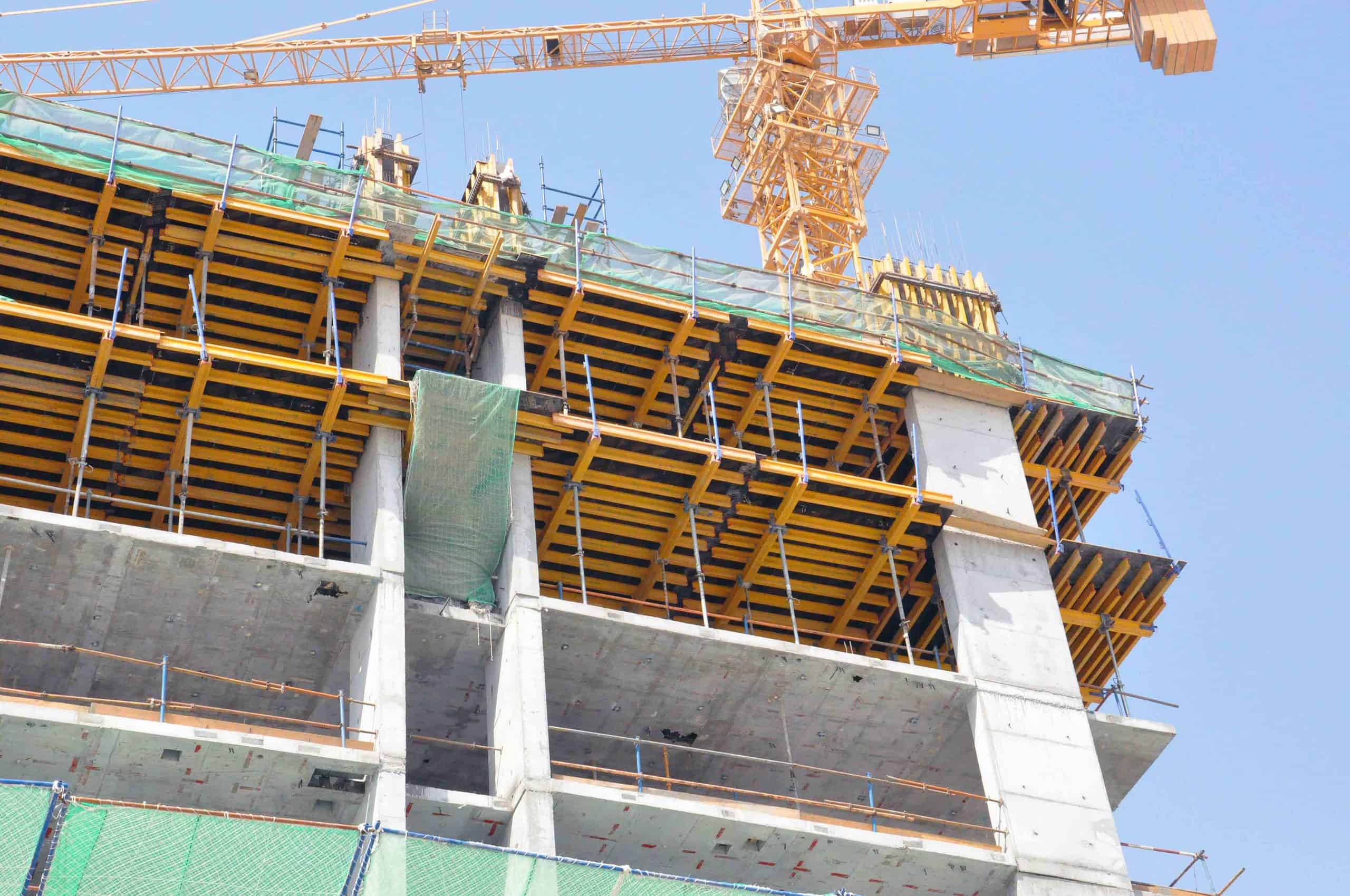How Long Do You Leave Concrete Before Removing Shuttering?

Uncertain about when to remove shuttering? Removing it too early can weaken the structure, while waiting too long may delay progress. Timing is critical for achieving strong and durable concrete.
Shuttering is removed based on concrete strength and environmental conditions. For vertical structures, removal can take 16–24 hours, while slabs and beams may require 7–14 days. Proper curing ensures safety and durability.
Below, we explore the purpose of shuttering, guidelines for removal times, and factors influencing the process to ensure efficient and high-quality construction outcomes.
What Is Shuttering in Concrete Construction?
Confused about the term shuttering? Shuttering is a temporary mold used to shape and support wet concrete until it hardens, ensuring stability and precision in construction projects.
Shuttering, also called formwork, is used to hold freshly poured concrete in place. It provides support and helps achieve the desired shape and strength as the concrete cures.
Shuttering, also known as formwork, is a temporary mold used to hold and shape wet concrete during the curing process. It provides the necessary support to prevent deformation and ensures the concrete achieves the required strength and stability. Shuttering can be made from various materials, including timber, plywood, steel, and aluminium, each catering to specific project needs. The timing for its removal is crucial to ensure structural integrity while maintaining construction efficiency.
What Is the Purpose of Shuttering in Construction?
Why is shuttering essential? It ensures concrete maintains its shape, provides support during curing, and enhances safety and accuracy in constructing durable structures.
The primary purpose of shuttering is to hold concrete in place during curing. It ensures structural integrity, precise shapes, and safety while the concrete achieves sufficient strength.
The purpose of shuttering in construction is to:
- Support Concrete During Curing: Prevents collapse and deformation.
- Shape Structures: Ensures that concrete takes the desired form and dimensions.
- Enhance Safety: Stabilizes the structure and provides a secure working environment.
- Improve Finish Quality: Results in smooth surfaces, reducing the need for additional treatment.
Shuttering is critical in achieving high-quality, durable, and safe structures across various construction projects.
How Long Should You Leave Shuttering on Vertical Structures Like Walls and Columns?
Unsure about shuttering removal for vertical structures? Walls and columns typically require 16–24 hours, but timing depends on concrete strength, environmental conditions, and curing processes.
For vertical structures like walls and columns, shuttering can be removed after 16–24 hours under normal conditions. Proper curing ensures the concrete achieves adequate strength before removal.
For vertical structures such as walls and columns, shuttering is typically removed after 16–24 hours. However, this timing depends on several factors:
- Concrete Strength: The concrete should achieve at least 50% of its design strength.
- Temperature: Warmer conditions accelerate curing, while colder temperatures slow the process.
- Curing Practices: Proper curing, such as keeping the concrete moist, ensures faster strength gain.
Removing shuttering too early may lead to deformation or collapse, while waiting too long can delay the project timeline. Regular strength testing and adhering to recommended guidelines help ensure safe removal.
How Long Should You Leave Shuttering on Horizontal Structures Like Slabs and Beams?
Concerned about horizontal structures? Slabs and beams require longer shuttering times, typically 7–14 days, to ensure adequate strength and prevent cracking or sagging under load.
Shuttering for slabs and beams is removed after 7–14 days, depending on the span and load. This timing ensures sufficient strength for structural stability and safety.
Horizontal structures, such as slabs and beams, require more time for shuttering removal compared to vertical structures:
- Slabs: For spans up to 4.5 meters, shuttering is removed after 7 days. Longer spans may require up to 14 days.
- Beams: Shuttering for beams is typically removed after 14 days, depending on the size and load.
The extended duration allows the concrete to develop sufficient tensile strength to withstand stress and maintain stability. Factors like curing conditions, temperature, and concrete mix quality also influence the timing.
What Factors Affect Shuttering Removal Time?
Curious about shuttering removal timing? Factors like concrete strength, curing conditions, and environmental temperature play a crucial role in determining safe and efficient removal times.
Shuttering removal time is influenced by factors such as concrete strength, ambient temperature, curing practices, and structural design. Ensuring these are optimized prevents damage and ensures structural safety.
The time required for removing shuttering depends on several factors:
- Concrete Strength: Should achieve sufficient load-bearing capacity, typically 50–70% of the design strength.
- Curing Conditions: Proper curing accelerates strength gain and prevents cracking.
- Temperature: Warmer temperatures speed up curing, while colder temperatures slow the process.
- Structural Design: Larger spans and loads require longer curing times.
- Concrete Mix Quality: High-strength mixes cure faster, reducing shuttering time.
Adhering to these factors ensures safe and efficient shuttering removal, minimizing the risk of damage to the structure.
What Are the Risks of Removing Shuttering Too Early or Too Late?
Timing is everything! Removing shuttering too early risks collapse, while delays can disrupt schedules. Proper planning ensures safety and maintains construction efficiency.
Early shuttering removal can lead to deformation or collapse, while delayed removal may increase costs and slow progress. Accurate timing ensures structural integrity and efficient project timelines.
The risks associated with improper shuttering removal timing include:
- Too Early:
- Structural Deformation: The concrete may sag or crack under its own weight.
- Collapse: Insufficient strength can lead to structural failure.
- Too Late:
- Increased Costs: Extended shuttering periods tie up resources.
- Delayed Timelines: Slower progress may impact project schedules.
Following recommended guidelines and conducting regular strength tests help mitigate these risks, ensuring safe and efficient construction practices.
Conclusion
Shuttering removal times vary based on the structure and conditions: 16–24 hours for walls, 7–14 days for slabs and beams. Adhering to guidelines and proper curing practices ensures structural integrity and efficient project timelines.
